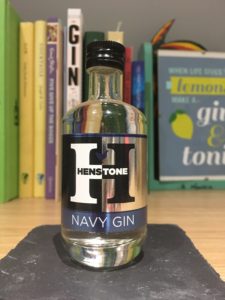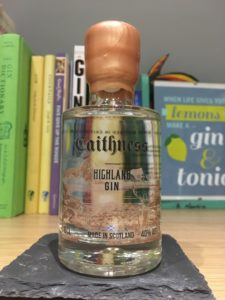Note: Jim at Mackintosh Gin kindly sent me bottle to try, as always I’ll let you know what I think.
 The team at Mackintosh Gin come from Angus, the area just north of Dundee on the east coast of Scotland – affectionately known as “the birthplace of Scotland”. James and Deborah met and fell in love at a young age, after travelling aroujnd they settled in Angus and like all gin lovers, started attending gin festivals and building their gin collection. Around bottle 50, they joked that they should make their own gin – a joke that became reality two years later. They use nine botanicals in their gin – juniper, angelica, coriander and elderflower, which is picked a few minutes from their door. Each morning when they start a distillation, they go and buy fresh grapefruits from their local shop. They import their base spirit from the West Midlands, before the gin is distilled and bottled in Arbroath. Once off the still, it is combined with pure local water from Glen Isla.
The team at Mackintosh Gin come from Angus, the area just north of Dundee on the east coast of Scotland – affectionately known as “the birthplace of Scotland”. James and Deborah met and fell in love at a young age, after travelling aroujnd they settled in Angus and like all gin lovers, started attending gin festivals and building their gin collection. Around bottle 50, they joked that they should make their own gin – a joke that became reality two years later. They use nine botanicals in their gin – juniper, angelica, coriander and elderflower, which is picked a few minutes from their door. Each morning when they start a distillation, they go and buy fresh grapefruits from their local shop. They import their base spirit from the West Midlands, before the gin is distilled and bottled in Arbroath. Once off the still, it is combined with pure local water from Glen Isla.








